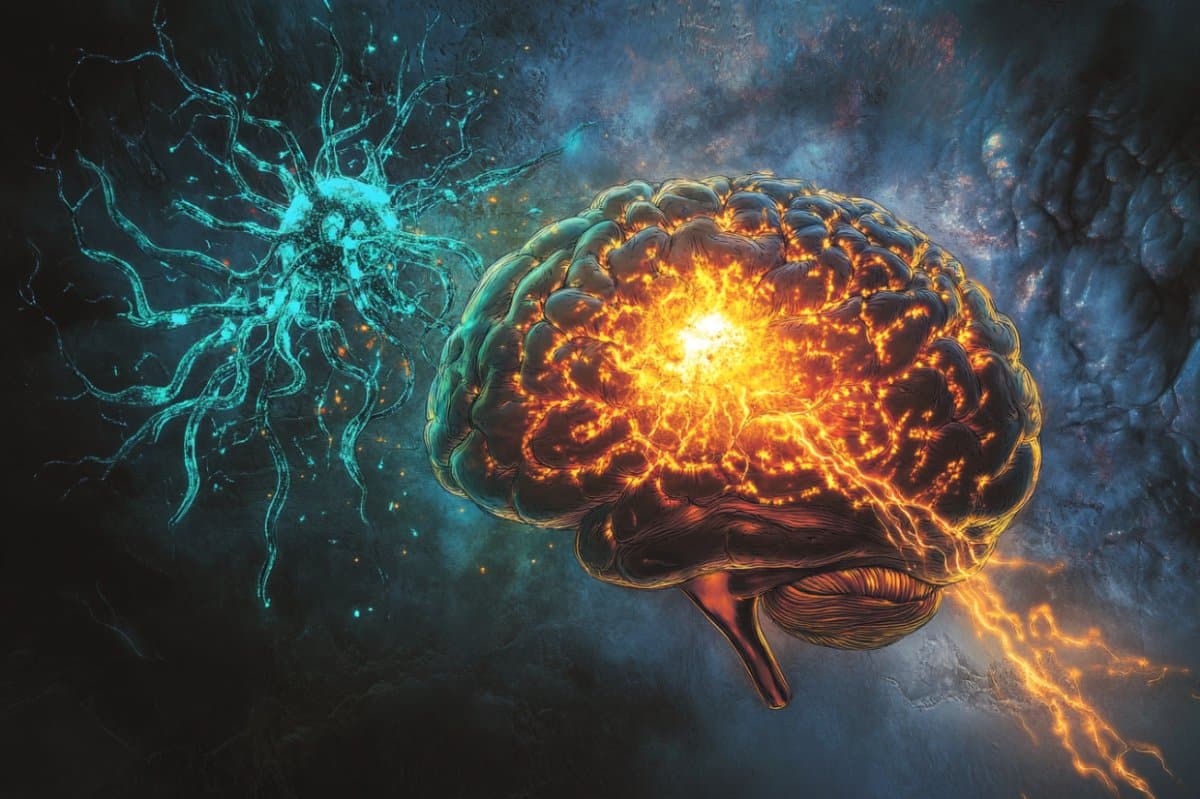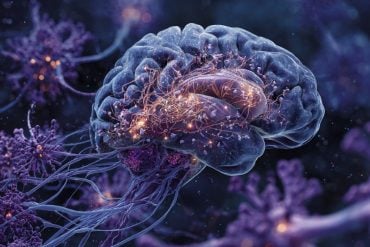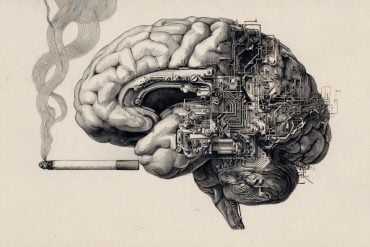Summary: A new study reveals that a natural cannabinoid in the body, 2-AG, plays a crucial role in regulating fear responses, particularly in individuals with PTSD and anxiety. Researchers found that lower levels of 2-AG in both mice and humans were linked to exaggerated or overgeneralized fear reactions to non-threatening stimuli.
This suggests that 2-AG helps the brain distinguish real threats from harmless cues, acting as a natural filter for fear. By targeting this endocannabinoid system, scientists believe it may be possible to develop new, more effective treatments for anxiety-related disorders.
Key Facts:
- Fear Filter: The endocannabinoid 2-AG helps suppress excessive or generalized fear responses.
- Cross-Species Link: Lower 2-AG levels were associated with heightened fear in both mice and humans.
- Therapeutic Target: 2-AG may be a promising target for new anxiety and PTSD treatments.
Source: Northwestern University
Specific cannabinoids produced by the human body may help to quell excessive fear responses in people with post-traumatic stress disorder and anxiety, according to a Northwestern Medicine-led study published in the Journal of Clinical Investigation.
People with post-traumatic stress disorder (PTSD) and anxiety often experience inappropriate fear responses to stimuli that may or may not be similar to those experienced during their original trauma, said Luis Rosas-Vidal, MD, PhD, assistant professor of Psychiatry and Behavioral Sciences and first author of the study.
“The endocannabinoid system – which engages the same receptors as marijuana – in your body regulates neurotransmitters release,” Rosas-Vidal said.

“Specifically, the one we’re interested in, 2-AG, have been implicated in regulating fear responses and anxiety responses.”
However, if and exactly how the cannabinoid 2-AG (2-arachidonoylglycerol) functions at the neuronal level to filter fear responses when exposed to new stimuli has previously been unclear, Rosas-Vidal said.
In the study, scientists examined fear responses in mice that had depleted levels of 2-AG. They found that mice with 2-AG inhibition displayed increased fear responses.
By using fiber photometry approaches, investigators found that higher fear generalization was associated with lower endocannabinoid activity in the brain.
“We found that blocking the endocannabinoid 2-AG basically leads to over-generalization of their fear responses,” said Rosas-Vidal, who is also a member of the Stephen M. Stahl Center for Psychiatric Neuroscience.
The senior author of the study was Sachin Patel, MD, PhD, the chair and Lizzie Gilman Professor of Psychiatry and Behavioral Sciences.
In collaboration with investigators at University of Calgary and Linköping University, the investigators observed how 2-AG levels in blood relate to fear generalization in human research participants. Similarly, they found that lower 2-AG levels were associated with higher fear generalization.
Together, the findings highlight the key role endocannabinoids play in regulating fear responses, Rosas-Vidal said, and identify 2-AG as a potential target for anxiety therapies.
“We think that our findings are really exciting,” he said. “They show both at the mechanistic and behavioral level how 2-AG is regulating fear responses.”
Moving forward, Rosas-Vidal and his collaborators will continue to study cannabinoid signaling in different neuron subtypes and the mechanisms mediating generalization, he said.
“We believe these sorts of studies are very vital in psychiatry to give us understanding of how psychiatric disorders arise and also point to potential treatments in the future,” he said.
Funding: The study was supported by the National Institute of Mental Health grants K08MH126166 and R01MH107435. Additional funding was provided by the Brain and Behavior Research Foundation’s Young Investigator Grant 29255.
About this neuroscience and PTSD research news
Author: Olivia Dimmer
Source: Northwestern University
Contact: Olivia Dimmer – Northwestern University
Image: The image is credited to Neuroscience News
Original Research: Open access.
“Prefrontal correlates of fear generalization during endocannabinoid depletion” by Luis Rosas-Vidal et al. JCI
Abstract
Prefrontal correlates of fear generalization during endocannabinoid depletion
Maladaptive fear generalization is one of the hallmarks of trauma-related disorders. The endocannabinoid 2-arachidonoylglycerol (2-AG) is crucial for modulating anxiety, fear, and stress adaptation but its role in balancing fear discrimination versus generalization is not known.
To address this, we used a combination of plasma endocannabinoid measurement and neuroimaging from a childhood maltreatment-exposed and non-exposed mixed population combined with human and rodent fear conditioning models.
Here we show that 2-AG levels are inversely associated with fear generalization at the behavioral level in both mice and humans.
In mice, 2-AG depletion increases the proportion of neurons, and the similarity between neuronal representations, of threat-predictive and neutral stimuli within prelimbic prefrontal cortex neuronal ensembles. In humans, increased dorsolateral prefrontal cortical-amygdala resting state connectivity is inversely correlated with fear generalization.
These data provide convergent cross-species evidence that 2-AG is a key regulator of fear generalization and further support the notion that 2-AG deficiency could represent a trauma-related disorder susceptibility endophenotype.






